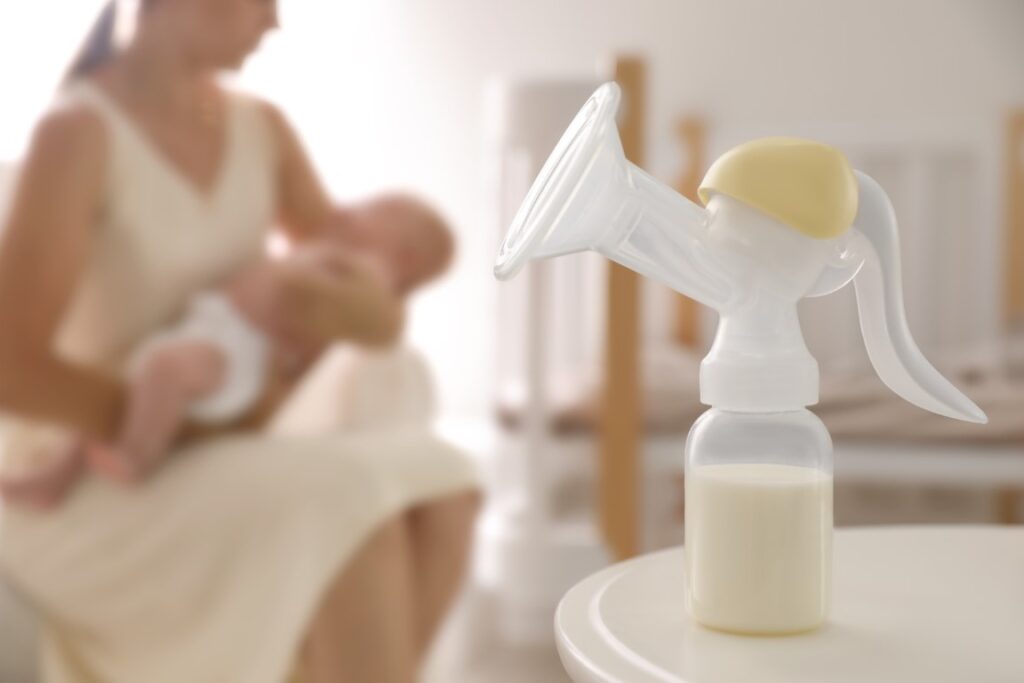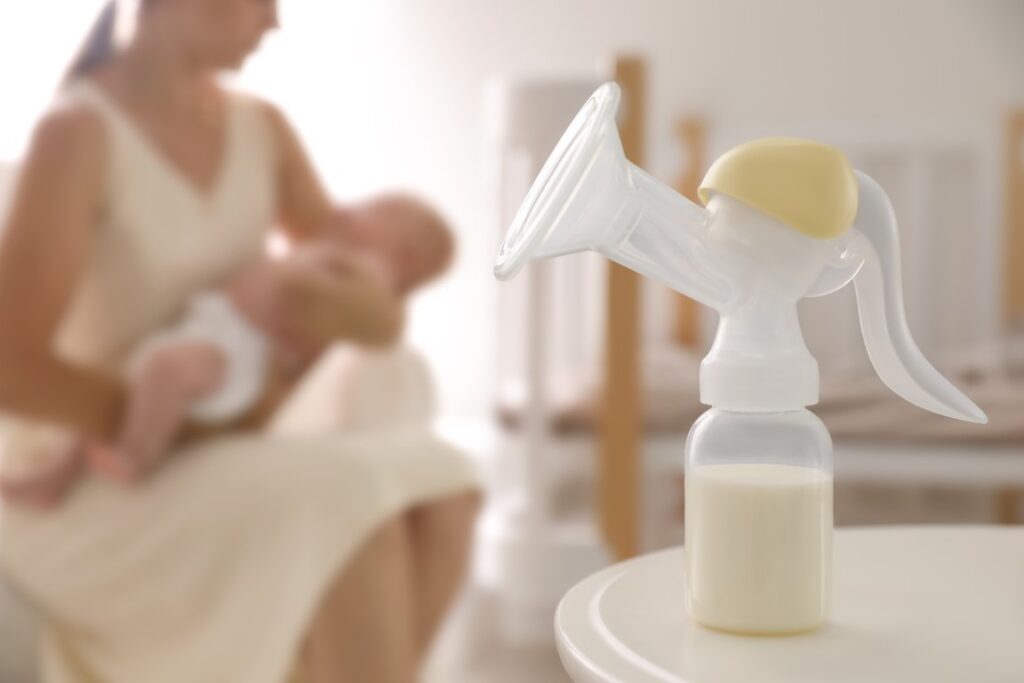Breastfeeding is not merely a means of nourishment for your little one. It can also be used as a method of birth control, but only under specific circumstances. Remember that, just like any other form of birth control, breastfeeding also doesn’t provide a 100% guarantee.
How is breastfeeding a method of contraception?
Your body stops ovulating when you exclusively breastfeed your baby, which requires that you nurse at least every four hours during the day and every six hours at night. If you don’t ovulate, you can’t become pregnant.
You won’t get your period if you don’t ovulate. This is why the lactational amenorrhea technique—breastfeeding as a form of birth control—is so named (LAM). When a woman is breastfeeding, it is called “lactational,” and when she doesn’t have her period, it is called “amenorrhea.”
How well does breastfeeding work as a birth control method?
When done perfectly (like with the pill), the LAM method of birth control can be just as effective as hormonal birth control. Women can use breastfeeding as a method of birth control in the six months following a child’s birth.
If you feed your baby anything other than breast milk, breastfeeding won’t prevent pregnancy. LAM isn’t a great birth control strategy for you if you breastfeed but also use formula. In order for breastfeeding to prevent pregnancy, you must exclusively breastfeed your child. Using a breast pump is ineffective and may result in pregnancy.
Keep in mind that breastfeeding only functions as a birth control method for the first six months of a baby’s life or until your period resumes. As the infant starts eating solid meals and sleeping for longer stretches at night, breastfeeding as a birth control method becomes much less beneficial. After six months, when your period resumes or if you start feeding your baby solid food or formula, be prepared to switch to another birth control method.
How can I use breastfeeding as a form of birth control?
As soon as your child is born, you can begin using LAM. You might need some time to adjust to nursing. At the beginning, a lot of mothers require assistance, particularly if it’s their first child. Most hospitals have helpful personnel as well as lactation consultants on hand.




























































